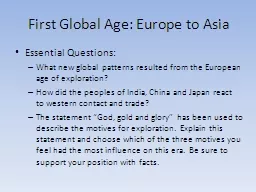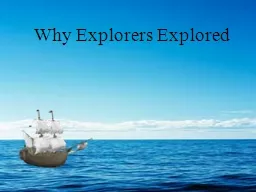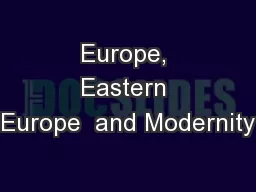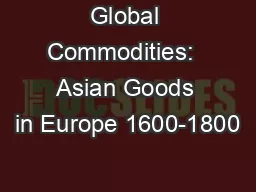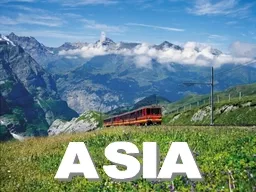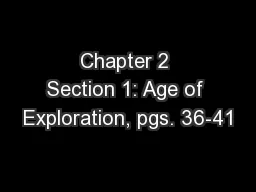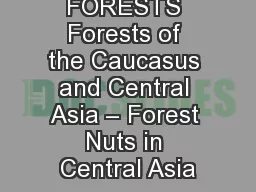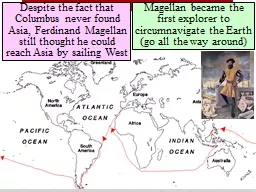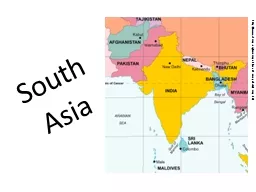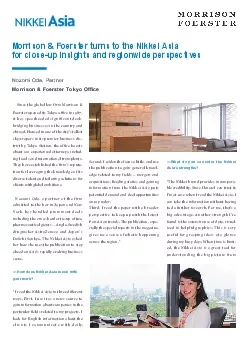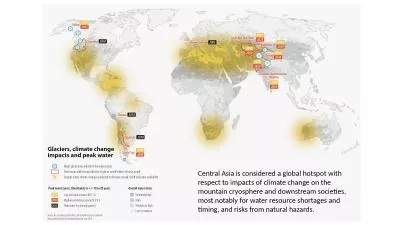PPT-First Global Age: Europe to Asia
Author : tatyana-admore | Published Date : 2016-04-21
Essential Questions What new global patterns resulted from the European age of exploration How did the peoples of India China and Japan react to western contact
Presentation Embed Code
Download Presentation
Download Presentation The PPT/PDF document "First Global Age: Europe to Asia" is the property of its rightful owner. Permission is granted to download and print the materials on this website for personal, non-commercial use only, and to display it on your personal computer provided you do not modify the materials and that you retain all copyright notices contained in the materials. By downloading content from our website, you accept the terms of this agreement.
First Global Age: Europe to Asia: Transcript
Download Rules Of Document
"First Global Age: Europe to Asia"The content belongs to its owner. You may download and print it for personal use, without modification, and keep all copyright notices. By downloading, you agree to these terms.
Related Documents

